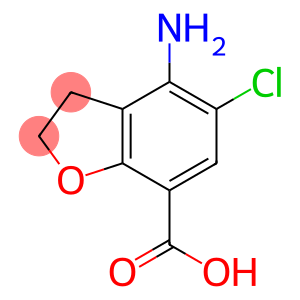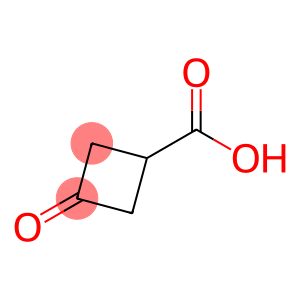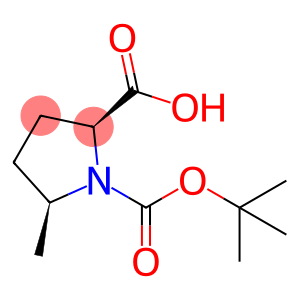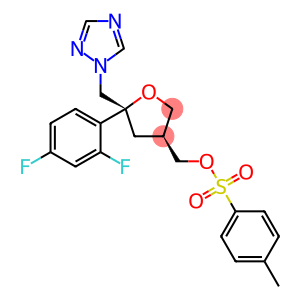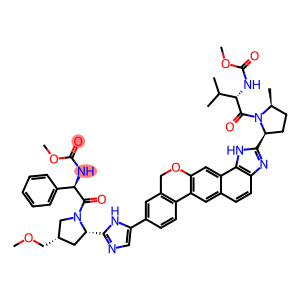Semaglutide(CAS#910463-68-2)
Semaglutide(CAS#910463-68-2)
Uses and synthesis methods
Semaglutide is a peptide hormone that occurs naturally in the human body and has a variety of biological activities and medical applications. It mainly functions by regulating cellular physiological processes such as cell proliferation, apoptosis, cell differentiation, and cell migration.
The main uses of semaglutide are as follows:
Breast cancer diagnosis: 1a-DOMAIN, a derivative of semaglutide, has been labeled to selectively bind to breast cancer cells in vivo for early detection and diagnosis of breast cancer.
Tumor scintigraphy: Semaglutide can be combined with radioisotopes or fluorescent dyes for molecular imaging of tumors and therapeutic navigation of imaging.
The synthesis method of semaglutide can be achieved by solid-phase synthesis or liquid-phase synthesis. In solid-phase synthesis, protected amino acid synthesis units are used to construct peptide chains on the solid phase step by step. Then, through the deprotection reaction, the amino acid protective group is removed to obtain the target peptide. Liquid-phase synthesis typically attaches the synthesized peptide chain to a carrier molecule and undergoes a stepwise ethyl ester or acylation reaction. There are some other synthesis methods, such as chemical liquid phase synthesis and chemical synthesis, etc., which can be selected according to specific needs.



